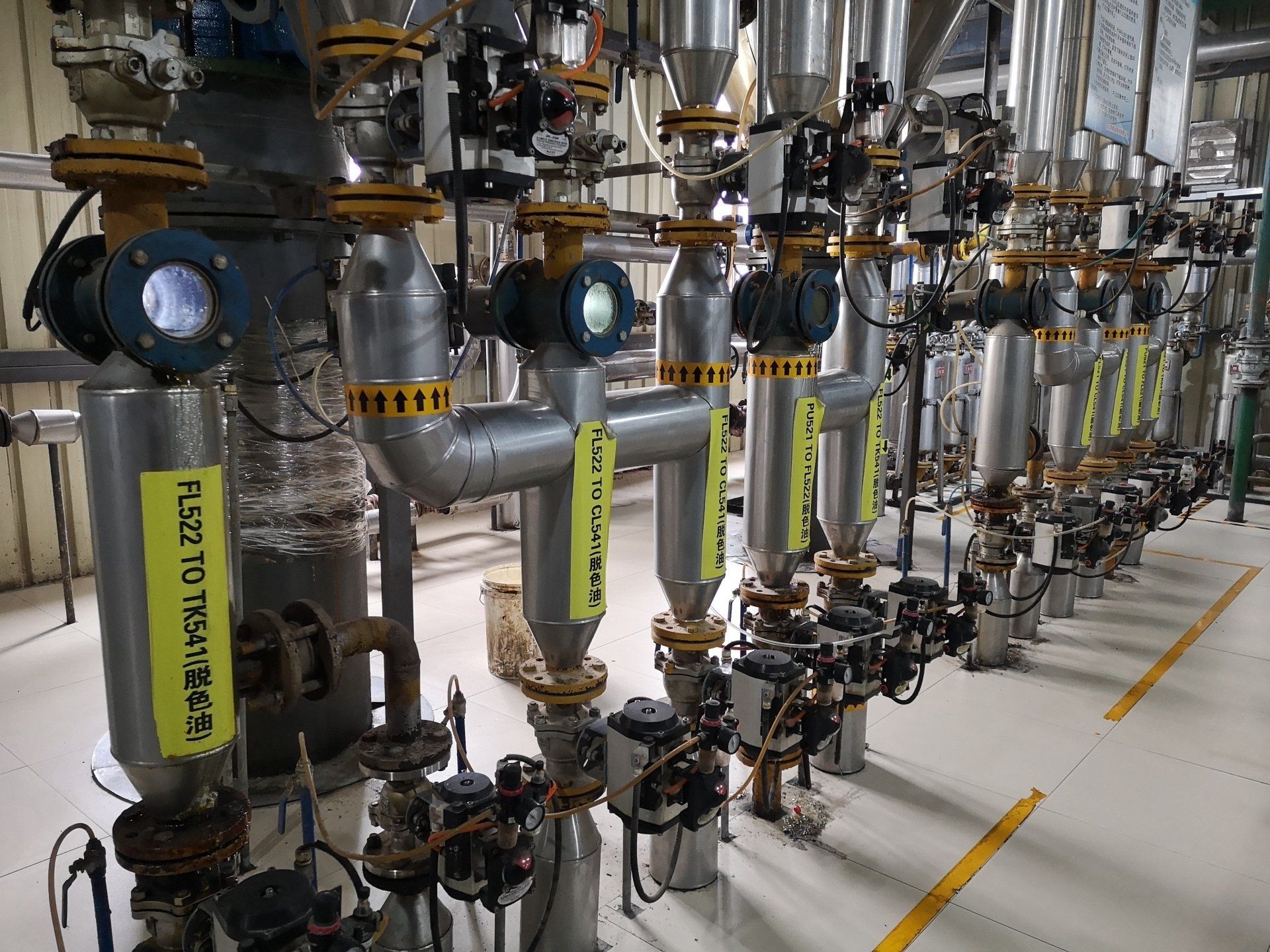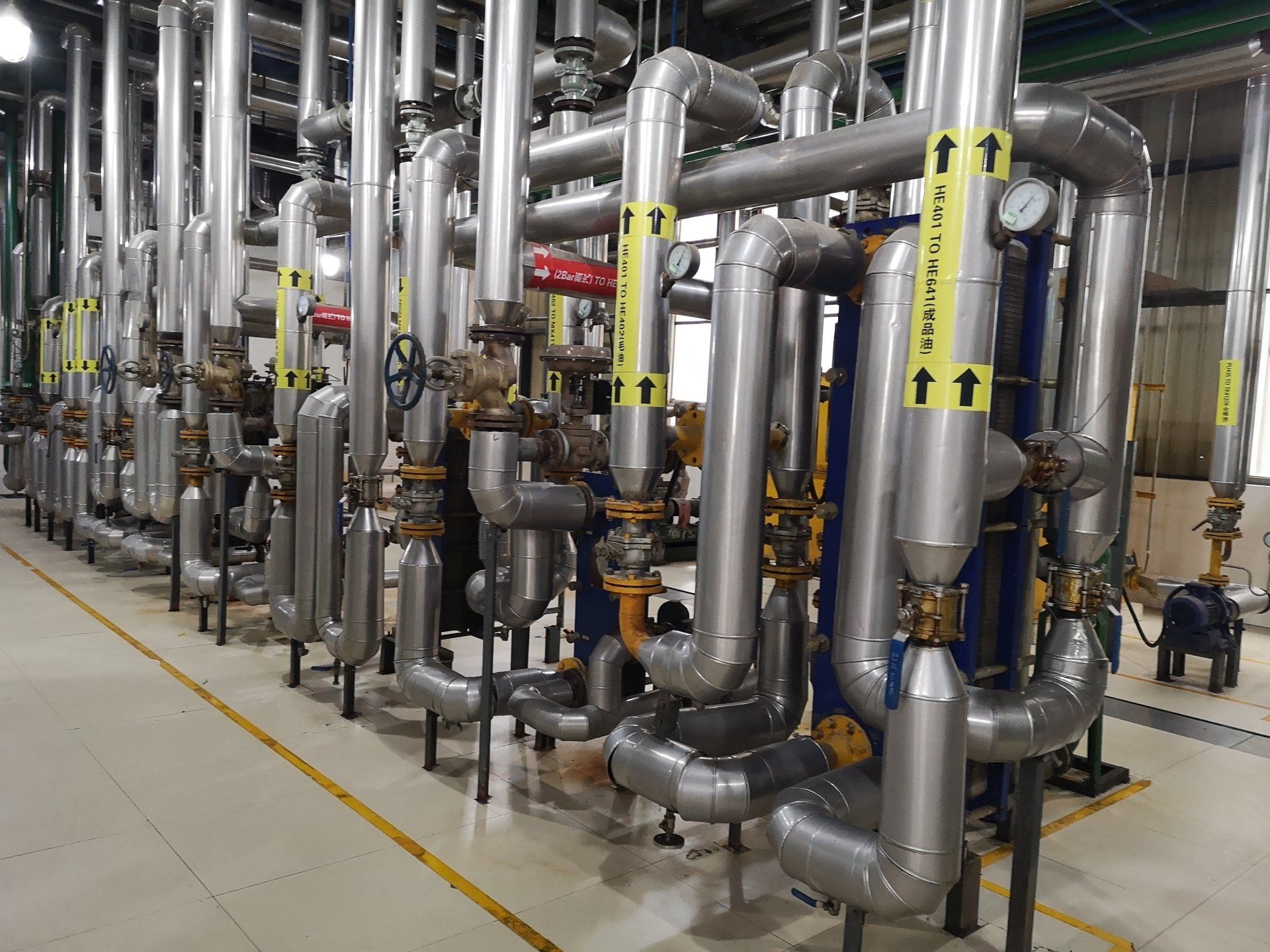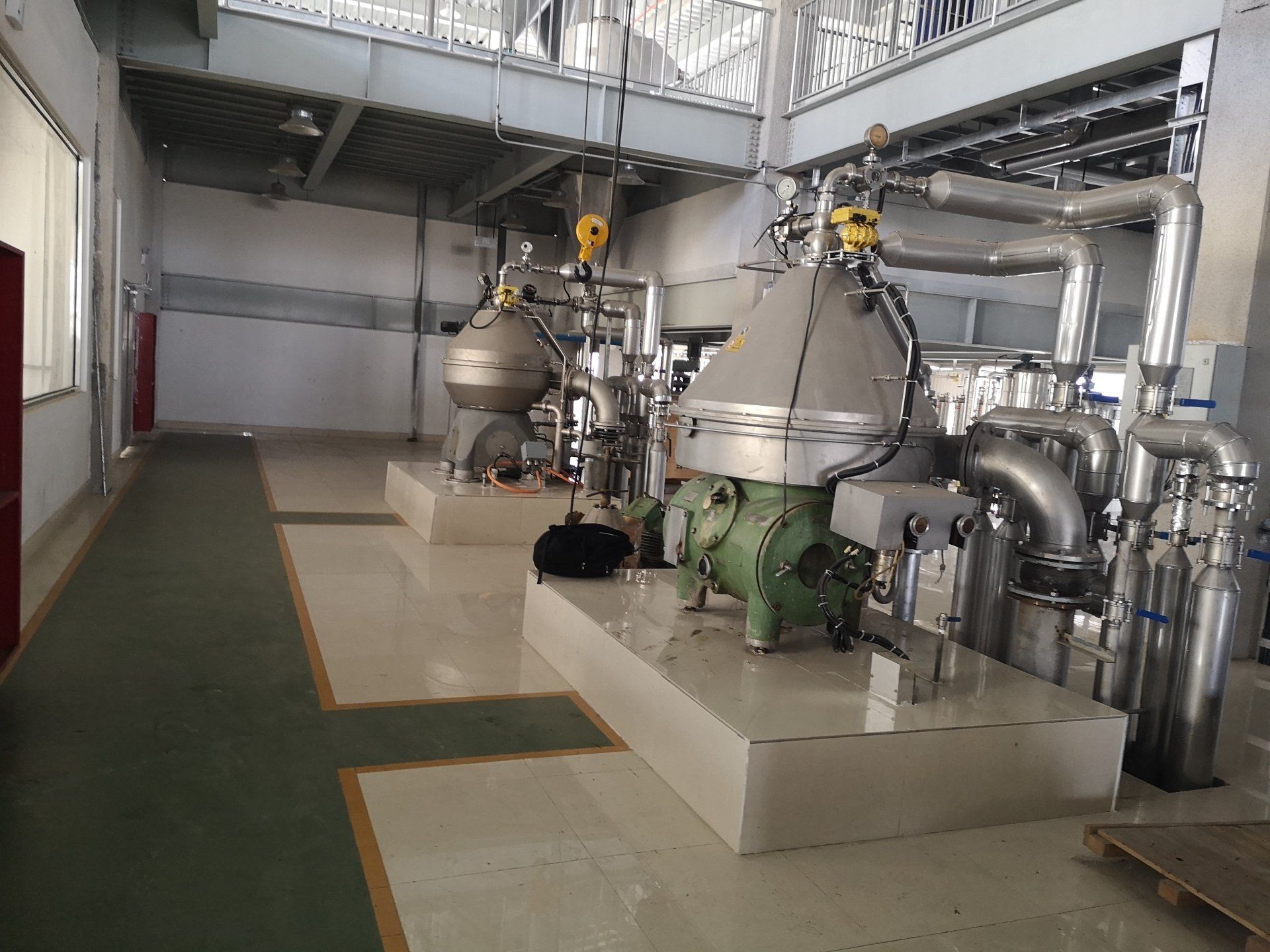Edible oil processing line
Introduction
The production of edible oil is a comprehensive process that involves many steps, including cleaning, pressing, extraction, refinery, dewaxing, fractionation, filling, etc. The production involves several workshops and many different kinds of machines, tubes, tanks and other equipment and devices.
First, the raw material will be cleaned to remove the admixtures and impurities, which is necessary for edible oil production. Then the cleaned and processed material will be sent to oil pressing machine. The most popular type of pressing machine is screw-type. The material will be pressed and squeezed continuously in the squeezing chamber by the screw. It will initially separate oil from oilseed crops or seeds to produce the crude oil, which needs to be processed to meet the requirements of quality standards.
The pressed material is called cake, which still contains lots of oil inside. To gain these oil and increase the production yield, extraction is needed. In the extraction step, most of the oil in the cake will be dissolved in the organic solvent. After that, the oil-solvent solution will be heated. The solvent will be vaporized and recycled while the oil is collected. The cake after extraction is called meal, which is mainly used in animal feed.
After Pressing and extraction, the oil still contains several kinds of impurities influencing the smell, color and the flavor. To remove these impurities, refinery, fractionation and dewaxing is needed. They are designed to remove different kinds of impurities with different chemical and physical characteristics. The most important part is refinery. During refinery, the insoluble impurities and gums will be removed firstly, then the bleaching and deodorization are needed to remove the colorants and odor components. The refined oil will be clean and clear, and the shelf life will also be increased. Then fractionation and dewaxing will remove the wax and soluble impurities. The impurities will precipitate after lowering the temperature. Then several methods are adopted to make them crystallized so they can be filtered and removed.
Finally, the oil will be sent to filling machine. It will automatically fill the oil into the bottles, tins or other kinds of containers. This step is controlled by digital controlling system so it can run accurately and automatically.




